Weighing up feed options? Do your numbers
Media Release
20 September 2023
Research shows dairy farmers could miss out on 30% more income by not crunching the numbers.
Dairy farmers could be leaving up to 30% more income on the table by not doing the numbers on supplementary feed, according to SealesWinslow General Manager Grant Jackson.
His comments come as Fonterra relaxes the rules around its Fat Evaluation Index (FEI) grading system by temporarily suspending minor downgrades in the wake of a downgraded forecast payout.
The move gives dairy farmers more flexibility around how much Palm Kernel Expeller (PKE) they feed their cows, which has traditionally been viewed as a more affordable feed option.
However, Grant cautions them about making feed purchasing decisions based on price alone and encourages them to do their due diligence.
“As dairy farmers tighten their belts and look at more cost-effective ways to put more milk in the vat, it’s easy to go with the cheapest option. But cheapest is not always the best.
“Our research shows that by investing in a better quality feed with more energy and more starch to fire up their rumen, the more efficiently cows will use their entire feed ration (including pasture) and the more milk they will produce.
“This is not a sales pitch. It’s about demonstrating what’s possible and why dairy farmers need to do their own numbers and seek advice from their rural professional partners before they make decisions on feed. As mating nears, I would encourage them to do that sooner rather than later.”
The Numbers
Using the Cornell Net Carbohydrate and Protein System (CNCPS), SealesWinslow carried out biological modelling to compare the effects of various feed combinations on milk production.
This biological modelling tool is used by nutritionists in New Zealand and is widely accepted as an accurate predictor of milk production in pasture-based systems. This is confirmed by an article published in the Journal of Dairy Science in 2013 by authors from DairyNZ and Cornell University.¹
As demonstrated in the table below, a 500-cow dairy farm in the South Island producing 1.76kgMS per cow per day feeding 18kgDM from pasture and 3kgDM from PKE, showed a predicted income over the cost of $54,900/month, at the current $6.75/kgMS payout.
If that same farm fed a combination of 18kgDM from pasture and 3kgDM from a high starch (50%), high energy (13.5 MJ/kg) pelletised feed, feed costs increased by 16%. However, milk production increased by 20% and the farm’s predicted income over feed costs jumped to $72,788/month. That’s a significant increase in income of more than 30% each month.
SealesWinslow also modelled scenarios based on feeding pasture + wheat. At a cost of $131,850/month, the predicted income over feed costs was more at $73,688. However, for the sake of $900/month, the risk, storage, loss, time, and cost of blending in additional minerals needs to be considered.
Table 1: CNCPS biological modelling effects of feed on milk yields for a 500-cow farm in the South Island, July 2023¹
| Feed | Cost/month | Income over feed costs/month |
| Pasture (18kgDM) + PKE (3kgDM) | $123,300 | $54,900 |
| Pasture (18kgDM) + pellets (3kgDM) | $142,875 | $72,788 |
| Pasture (18kgDM) + Wheat (3kgDM) | $131, 850 | $73,688 |
Good nutrition for reproduction & peak milk
Getting cows in calf and lifting 6-week in-calf rates this season will be more important than ever. Dairy farmers can’t afford empty cows.
According to DairyNZ, every 1% increase in a farmer’s 6 week in-calf rate is valued at $4 per cow. Every 1% decrease in Empty Rate is valued at $10/cow. For our 500 cow example above, for every 1% improvement in each a farm gains an additional $7,000 additional profit next season from increased milk yield.²
“Feeding cows well in the lead-up to mating requires good management of pasture allocation and an awareness of the specific needs of at-risk cows. For the main herd, daily pasture intake targets should be 4% of liveweight. Any shortages can be made up by supplying a suitable high-energy supplement.
“Non-cycling cows are a drain on farm resources and farmers’ wallets, something they need to avoid right now. But with some careful planning and the right advice, dairy farmers can take steps to get cows cycling from 6 weeks post calving using nutrition.
“The goal should not only be to maximise milk production this season but also to safeguard the profitability of their business in the longer term and be ready when the milk price will likely rebound.”
-ends-
¹R. J. Higgs , A. J. Sheahan , K. Mandok , M. E. Van Amburgh , and J. R. Roche. 2013. The effect of starch, fibre or sugar based supplements on nitrogen utilization in grazing dairy cows. J. Dairy Sci. 96:3857-3866
² Based on DairyNZ’s In-Calf Gap Calculator

